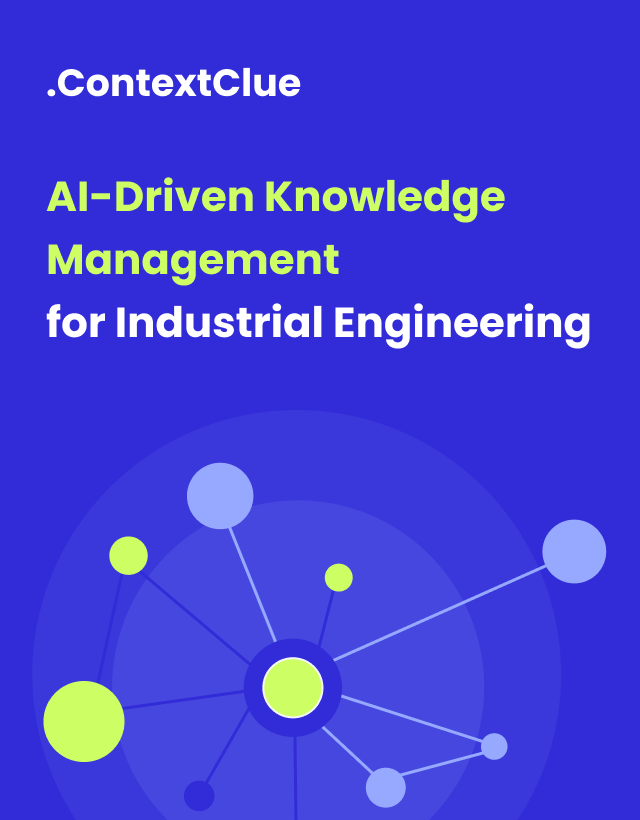
July 25, 2025
What Is Tokenization?
Author:

CSO & Co-Founder
Reading time:
8 minutes
Tokenization is the process of converting text into smaller, standardized units called tokens that language models can mathematically process. These tokens can represent whole words, parts of words (subwords), or even individual characters, depending on the specific tokenization method employed.
The process is essential because AI systems cannot interpret raw text directly – they require numerical representations to perform mathematical operations.
Simply put, tokenization is like translating human language into a format that computers can work with, similar to how a translator converts spoken words from one language to another, except tokenization converts text from human-readable format into machine-readable numerical representations.
The tokenization process typically follows several key steps.
- First, the input text undergoes preprocessing, which may include normalization, lowercasing, and handling of punctuation.
- The text is then segmented into tokens according to the chosen algorithm’s rules. Each unique token is assigned a numerical identifier (token ID) from the model’s vocabulary.
- Finally, these token IDs are converted into dense vector representations called embeddings, which capture semantic meaning and context.
Why Tokenization Matters for Business
Understanding tokenization has become crucial for business leaders because it directly impacts both costs and performance in practical applications.
- Cost Implications
Most AI services, including OpenAI’s ChatGPT API, charge based on token consumption rather than word count or character length. This means that understanding how your text gets tokenized can significantly affect your AI-related expenses. A poorly structured prompt might use twice as many tokens as an optimized version, directly doubling your costs. - Performance Considerations
The way text gets tokenized affects how well AI systems understand and respond to requests. Certain types of content tokenize more efficiently than others, leading to better performance and more accurate responses. For instance, common English words typically tokenize efficiently, while technical jargon, names, or non-English content might require more tokens to represent the same information. - Capacity Limitations
AI systems have token limits – maximum amounts of text they can process in a single interaction. Understanding tokenization helps businesses structure their AI interactions more effectively, ensuring they maximize the available capacity for their specific use cases.
Real-World Applications: From Document Analysis to Chatbot Programming
Tokenization forms the foundation for numerous AI applications that businesses rely on daily. In LLM Document Analysis, tokenization determines how effectively AI systems can process, understand, and extract insights from business documents, contracts, reports, and research papers.
The efficiency of tokenization directly impacts how much content can be analyzed in a single operation and how accurately the AI system interprets complex document structures, tables, and specialized terminology.
Similarly, when organizations explore how to program AI chatbots, understanding tokenization becomes crucial for creating responsive, cost-effective conversational systems.
Chatbot developers must consider how user inputs get tokenized, how this affects response generation speed, and how tokenization choices impact the overall conversation flow and accuracy.
Poor tokenization strategies can lead to chatbots that struggle with user queries, consume excessive computational resources, or fail to maintain context across longer conversations.
How Tokenization Works in Practice
To understand tokenization, consider how you might approach teaching a foreign language to someone. You wouldn’t start with entire sentences; you’d break language down into manageable pieces – words, parts of words, or even individual sounds. Tokenization follows a similar principle.
When you type a message to an AI system, the text immediately undergoes tokenization before any processing begins. The system examines your text and breaks it into tokens according to specific rules. A single word like “running” might become one token, while a complex technical term might be split into multiple tokens like “bio-” “tech” “-nology.”
The AI system assigns each token a unique numerical identifier, creating a sequence of numbers that represents your original text.
These numbers then get converted into mathematical representations called embeddings, which capture the meaning and context of each token.
Only after this conversion can the AI system begin its actual work of understanding and generating responses.
Different Approaches to Breaking Down Text
Various tokenization methods exist, each with specific advantages and use cases that affect business applications differently.
- Word-level tokenization treats each complete word as a separate token. While intuitive, this approach creates challenges when dealing with large vocabularies, technical terminology, or variations of the same word. Words like “run,” “running,” “ran,” and “runner” would be treated as completely separate entities, despite their obvious relationship.
- Character-level tokenization breaks text into individual characters. This method handles any text input efficiently but creates extremely long sequences, significantly increasing computational costs and processing time.
- Subword tokenization represents the most widely adopted approach in modern AI systems, striking a balance between efficiency and flexibility. This method keeps common words intact while breaking down rare or complex words into smaller meaningful pieces.
Modern Tokenization Standards
The most successful AI systems today, including GPT models from OpenAI and similar systems from other providers, rely on advanced subword tokenization algorithms.
These systems have been optimized through extensive training on diverse text sources to handle multiple languages, technical terminology, and various writing styles.
- Byte-pair encoding (BPE), used by OpenAI’s GPT models, represents one of the most sophisticated approaches. BPE learns from massive amounts of text data to identify the most efficient ways to break down language, creating vocabularies that typically contain 32,000 to 200,000 unique tokens. This extensive vocabulary allows the system to handle most common language patterns efficiently while breaking down unusual content into recognizable components.
- WordPiece, developed by Google and used in systems like BERT, employs probability-based methods to create linguistically meaningful subword units. This approach tends to create tokens that align more closely with natural language boundaries.
These modern tokenization systems enable AI models to process text efficiently while maintaining strong understanding across diverse content types, making them suitable for business applications ranging from customer service to content generation.
Business Applications and Considerations
Understanding tokenization helps organizations make more informed decisions about AI implementation and optimization.
- Content strategy
Organizations creating content for AI processing should consider tokenization efficiency. Well-structured, clear content typically tokenizes more efficiently than complex, jargon-heavy text, leading to better performance and lower costs. - Multilingual operations
Tokenization efficiency varies significantly across languages. English content typically requires fewer tokens than content in other languages, meaning multilingual organizations may face higher costs and different performance characteristics when processing non-English content. - Budget planning
Since most commercial AI services charge by token usage, understanding typical tokenization patterns for your content types enables more accurate budget forecasting and cost optimization.
Technical Considerations and Limitations
While tokenization enables AI systems to process human language, it also introduces certain limitations that business users should understand.
- Mathematical operations
AI systems sometimes struggle with basic arithmetic partly due to how numbers get tokenized. The tokenization process doesn’t necessarily create consistent representations for digits, making mathematical reasoning more challenging for AI systems. - Character-level tasks
Tasks requiring precise character-level awareness, such as counting letters in words or spelling tasks, can be difficult for AI systems because tokenization often groups characters together, making individual character analysis more complex. - Domain-specific content
Highly specialized terminology, technical jargon, or emerging vocabulary might tokenize less efficiently, potentially affecting both cost and performance in specialized business applications.
Optimization Strategies for Business Use
Organizations can optimize their AI interactions by understanding tokenization principles:
- Prompt engineering
Crafting clear, well-structured prompts that tokenize efficiently can reduce costs while improving response quality. Avoiding unnecessary complexity and using common terminology when possible helps optimize token usage. - Content preprocessing
Cleaning and standardizing content before AI processing can improve tokenization efficiency, leading to better results and lower costs. - Model selection
Different AI models use different tokenization approaches. Understanding these differences can help organizations select the most appropriate models for their specific content types and use cases.
Future Implications
As AI systems continue evolving, tokenization methods are also advancing. Researchers are developing new approaches that could potentially eliminate some current limitations while improving efficiency and understanding across diverse languages and content types.
For businesses, staying informed about tokenization developments helps ensure optimal AI implementation strategies and cost management as the technology landscape continues evolving.
Organizations that understand these foundational concepts will be better positioned to leverage AI effectively while managing costs and expectations appropriately.
Tokenization may work invisibly behind the scenes, but its impact on AI performance, costs, and capabilities makes it an essential concept for anyone serious about implementing AI solutions in business environments.
By understanding how AI systems process and interpret text at this fundamental level, organizations can make more informed decisions about their AI strategies and implementations.
Category:







